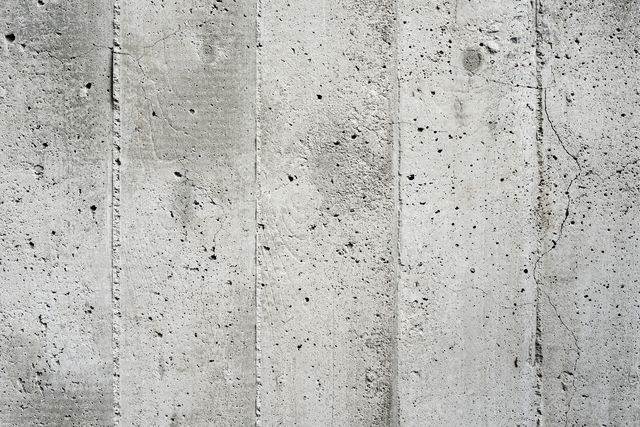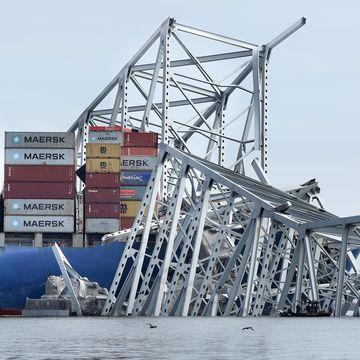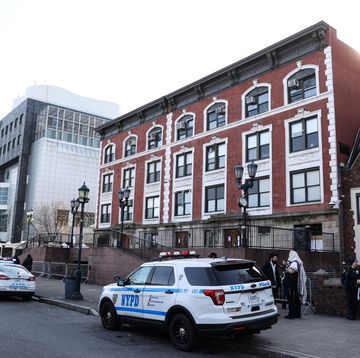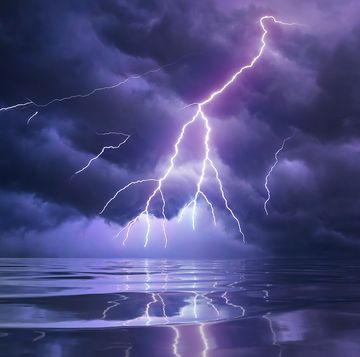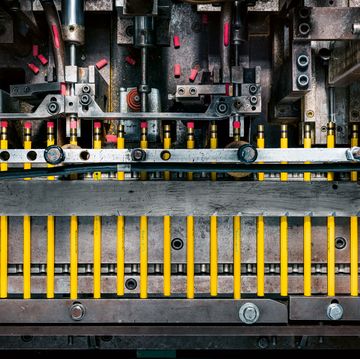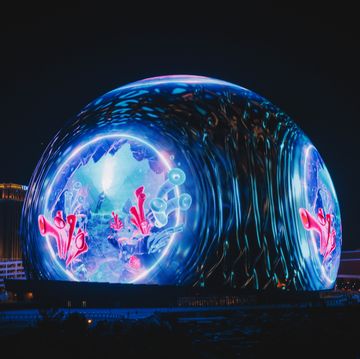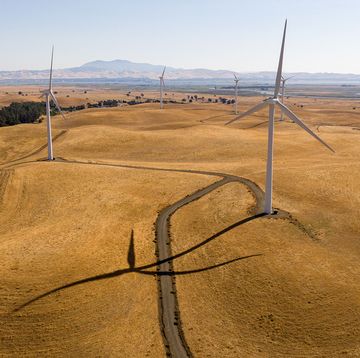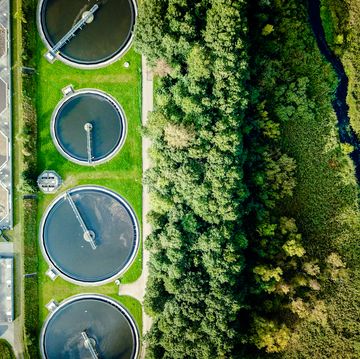- A new concrete mix replaces 40 percent of cement with plentiful materials and byproducts.
- This formula reduces brittleness and “bounces back” more than traditional concrete.
- Using non-cement fillers may reduce environmental impact.
Russian scientists have developed a new, more flexible form of concrete that could mean stronger, safer buildings and structures around the world, reports New Atlas. The secret is in the mix, where the scientists replaced 40 percent of the cement binder with plentiful, eco-friendly materials that increase the “give” and make the concrete both more ductile and elastic.
All concrete is made by combining aggregate (the gravel or other solid materials) and cement (a powder saturated with water to form a paste). Cement seems like an everyday thing in the modern world, but its invention in ancient Rome paved the way for millennia of subsequent progress. The Romans created the earliest known concrete when they mixed batches of cement and then added gravel and volcanic ash to bulk it up.
Concrete is immeasurably useful, most of all when it’s poured around a frame or cage of the reinforcing steel beams known as rebar. Using steel reinforcement makes concrete not just stronger, but also somewhat more flexible. But there are major drawbacks to using steel-reinforced concrete, including simple human variance when concrete is poured around steel rebar frames. Any kind of moisture or foreign matter clinging to rebar’s nooks and crannies can contain bacteria and other agents that work to weaken the concrete over time. Once concrete has even tiny cracks, that’s where the trouble begins.
Postponing the “first crack” was mission number one for the scientists at the Military Studies Center at Far Eastern Federal University in Russia. They wanted to find a more elastic concrete mix, and according to New Atlas, the mix is indeed six to nine times more crack-resistant than traditional concrete.
Concrete has a major environmental cost, not just from the process of making cement, but in waste concrete that accumulates over time. In a Guardian feature earlier this year, experts recommended using less concrete in new projects. That might sound like pie-in-the-sky advice, but Far Eastern’s new concrete reduces cement by 40 percent and replaces it with mostly waste materials that we already generate. The new concrete is better for the environment and will likely be cheaper for builders.
What are these cement-alternative fillers? The scientists used rice husk cinder, limestone crushing waste, and silica sand. Silica is a wildly plentiful mineral whose crystal form is quartz and is the natural “sand” in sandstone. Beach or playground sand is composed of both silica sand and finely ground calcium-based particles from coral and other sea creatures.
Scientists have long investigated rice husk cinder, meanwhile, as an alternative or addition to coal-industry “fly ash,” a byproduct with similar properties that helps to offset emissions. Rice husk ash is more elastic and may be feasible in higher percentages than fly ash. Limestone crushing waste is from quarries, where giant machines called crushers turn mined rock into gravel and other small aggregate. Recapturing quarry waste like limestone and marble dust may reduce environmental impact as well as increasing concrete’s tensile strength.
It isn’t clear if the concrete with 40 percent less cement is suited for large-scale construction. Builders already have many types of rebar to consider in different climates, because temperature and humidity play a part in how rebar and concrete age separately and together.
A more flex-friendly concrete could be a great alternative for bridge building, where the ability to bend but retain shape is a requirement, not just a nice benefit. The Russian scientists also cited its potential for bunkers and other secure military and government facilities.

Caroline Delbert is a writer, avid reader, and contributing editor at Pop Mech. She's also an enthusiast of just about everything. Her favorite topics include nuclear energy, cosmology, math of everyday things, and the philosophy of it all.
